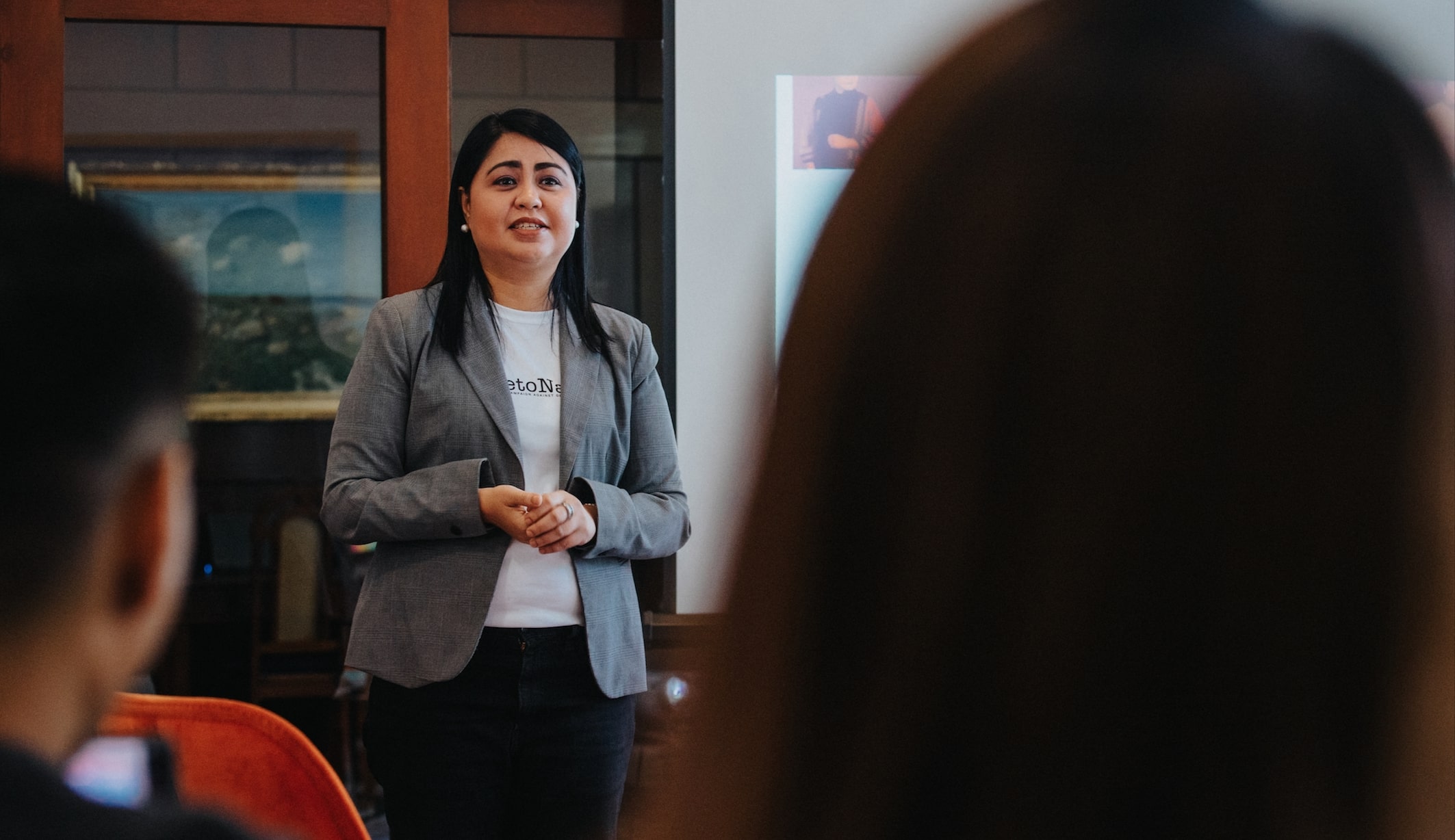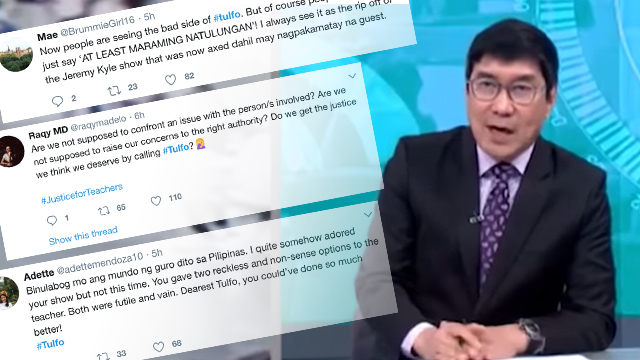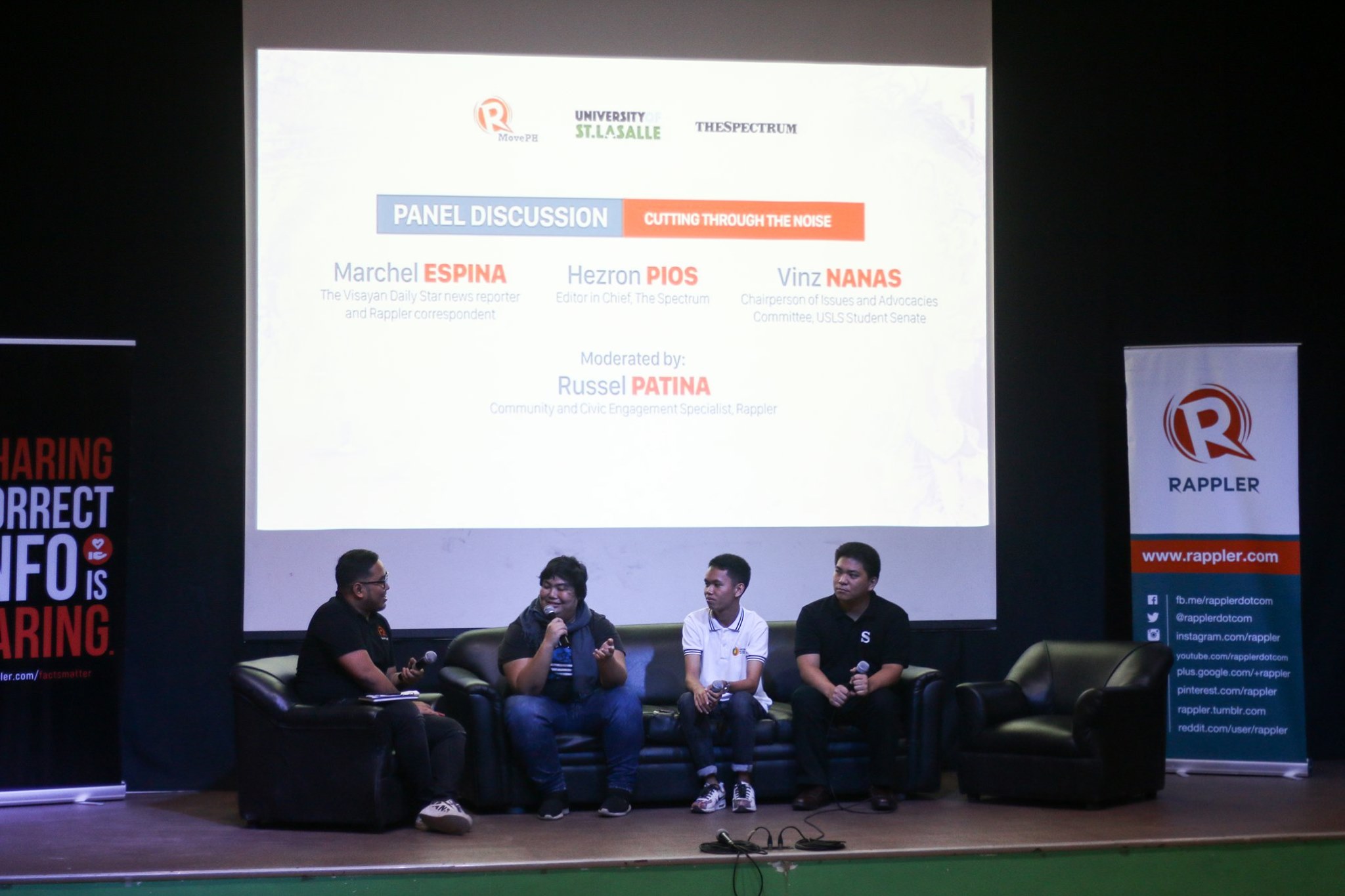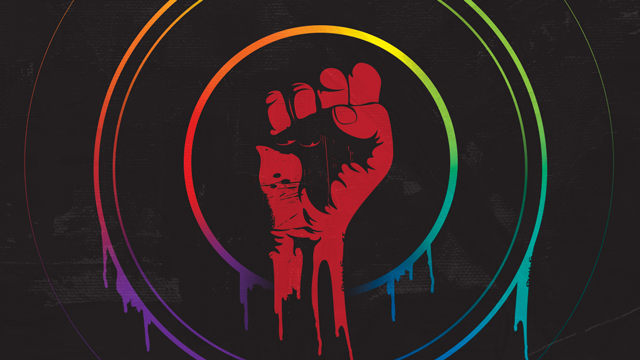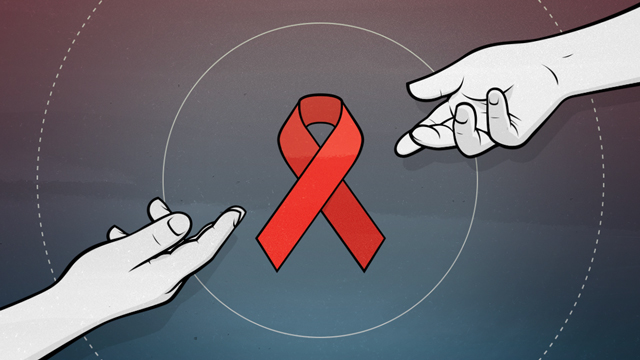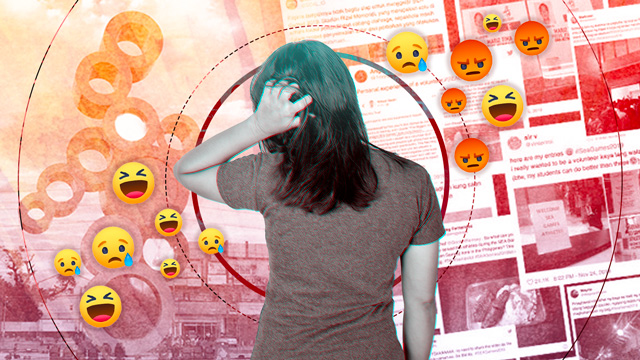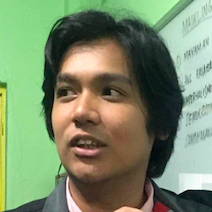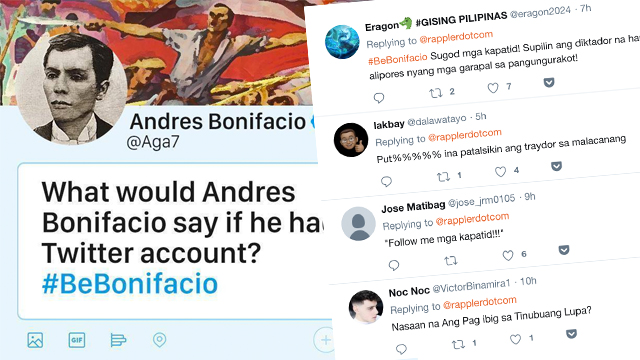
MANILA, Philippines – The Filipino trans community now has even more reason to celebrate Transgender Awareness Week: the Philippines officially has its first trans woman flight attendants.
In separate Facebook posts, trans women Jess Labares and Mikee Vitug on Tuesday, November 19, expressed their gratitude to local airline company Cebu Pacific for accepting them as among its new cabin crew members, a groundbreaking development for the country’s trans community.
“History has been made as I’ve now become the very first post-op transgender woman flight attendant in the Philippines,” wrote Labares.
In her now viral post, Labares shared her story of rising to the challenge and overcoming hurdles to turn her dream into a reality.
Labares, who is also a reigning beauty queen, said this latest milestone is her biggest win yet.
"Now I can finally say, this is by far the greatest crown I have ever achieved," she said.
Meanwhile, Vitug equally felt humbled by the “rare opportunity,” narrating her tough journey towards becoming a flight attendant in her Facebook post.
“I feel honored and humbled that I am one of the first trans woman cabin crew dito sa (here in the) Philippines,” Vitug wrote in her Facebook post.
Vitug, who is also a licensed pharmacist, admitted in her viral post that she had doubts about getting accepted, considering how most Filipinos remain prejudiced against trans people like her.
"Lalo na [at] medyo conservative ang bansa natin, aminin natin o hindi, talagang hindi gaanong ka-open ang karamihan sa kagaya ko," she said.
(Especially since our country is conservative, admit it or not, most still refuse to accept people like me.)
The fight continues
While Labares’ and Vitug’s stories are worth celebrating, the fight against transphobic violence remains to be won.
The Transgender Awareness Week, which culminates with Transgender Day of Remembrance on Wednesday, November 20, is observed every year not only to celebrate the transgender identity, but also to commemorate victims of transphobic violence, and to tackle the continuing plight of the trans community.
Despite ranking as the 10th most LGBTQ-friendly country in the world, the Philippines – the Filipino LBGTQ+ community believes – has yet to become a genuinely gender-inclusive country. Discrimination remains rampant at home, in the workplace, and in public spaces. (READ: 'Tolerated, but not accepted': Filipino LGBTQ+ speak up vs discrimination)
In October 2014, the country decried the horrific killing of trans woman Jennifer Laude, one of the worst cases of transphobic violence in the country. More than 5 years later, justice for Laude remains elusive. (READ: Remembering 'Ganda': The tragedy of Jennifer Laude)
In a more recent incident, trans woman Gretchen Diez was blocked, harassed, and even detained – all for wanting to use the women’s restroom at a Quezon City mall. Diez’s case sparked an uproar on social media, prompting the urgent call for Congress to act on the SOGIE (sexual orientation, gender identity and expression) bill. (READ: #SOGIEEqualityNow: Transgender restroom issue sparks call for passage of SOGIE bill)
Despite the challenges, Vitug remained hopeful that Filipinos would soon accept and celebrate her truth, and those of the members of the LGBTQ+ community.
“This is something new and I hope it will spark a change sa kung paano ang pagtingin ng mga tao sa mga trans woman, na hindi kami i-box or i-stereotype kasi tao din naman kami, capable din kami, normal lang din kami na tao,” Vitug said.
(This is something new and I hope it would spark a change in how people see trans women, in that we are not confined to the stereotypes, that we are just as human, just as capable, and just as normal.)
Labares also believed that the Filipino society was slowly opening its doors to gender diversity and inclusivity.
“This means that we have progressed into a more accepting society who has learned to respect and celebrate human individuality and expression,” she said. – Rappler.com



